The Slow Work of Becoming
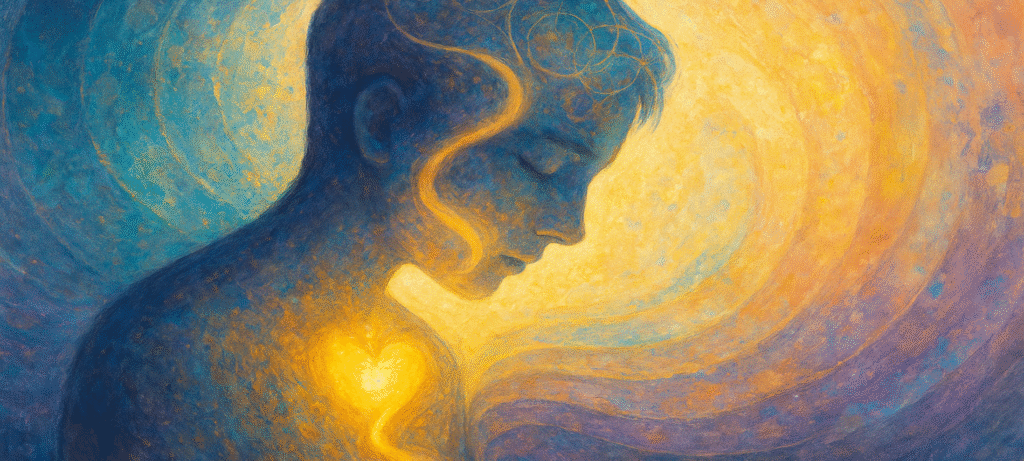
A gentle reflection on the quiet ache to feel fully alive again and the small, deliberate moments that guide us back to our own sense of wonder and belonging.
You are Not an Object: Reimagining Your Presence in the World

What if you’re not an isolated object moving through the world but a vibrant, relational presence co-creating space and time with every breath, gesture, and encounter? This post explores how reframing your identity through the lens of relational being can open pathways to healing, presence, and meaning.
Desire is the Gravity of Becoming

Desire isn’t a passing whim but a bodily knowing. Before plans, before reasons, there is a pull that is quiet, insistent, and deeply real. This piece explores desire not as indulgence or ambition, but as a somatic orientation toward what wants to emerge through you. It is not born from lack. It is the gravity of becoming.
When desire fades, we lose our sense of motion. When it returns, life sharpens. This essay invites a reconnection to the felt intelligence of desire—how it humbles the ego, rearranges identity, and calls us toward the next true version of ourselves.
If you’ve felt still but not at peace, full but not alive, this is a map back to the momentum of what matters.
Imagination Creates What Isn’t to Reveal What Is

Fantasies aren’t just distractions, they’re data. They reflect your unmet needs, emotional history, and inner longings in symbolic form. Whether you’re dreaming of connection, recognition, freedom, or redemption, your imagination is telling the truth beneath the surface.
This post explores how recurring fantasies, fictional obsessions, and the stories we daydream or return to reveal the emotional patterns we’re still trying to metabolize. Drawing on insights from trauma-informed psychology, emotional processing, and symbolic storytelling, this piece invites you to decode your inner narratives and ask: What is this fantasy trying to resolve? What part of me is reaching out through this story?
Imagination isn’t escapism. It’s a relational language. And sometimes, it’s the most honest voice in the room.
Stop Floating and Start Grounding
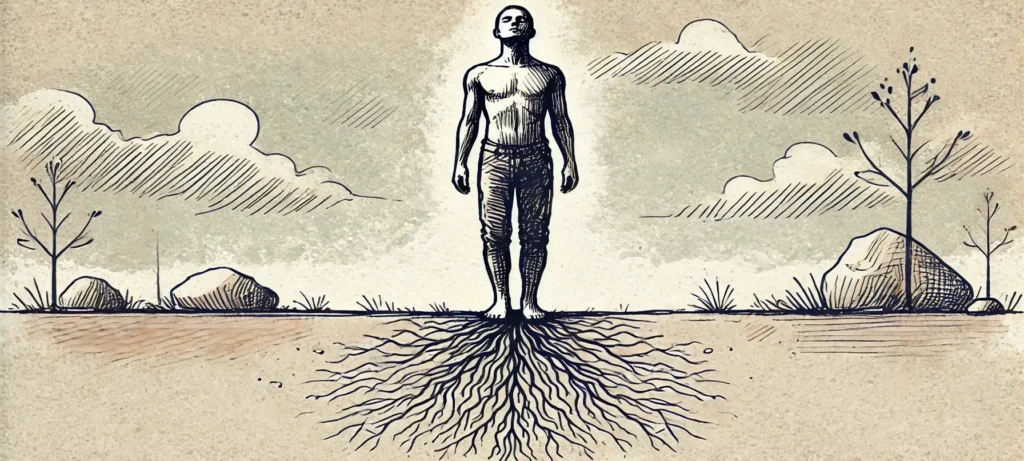
Grounding is a way to wake up. It’s not the absence of motion but how we move with intention. In a world that pulls us upward into our heads, into anxiety, and endless anticipation grounding draws us back down into the body, into the present, into what is real.
Grounding is the practice of coming home to yourself, not as a concept, but as a lived experience. Trauma often disconnects us from the body; grounding is how we gently return. Not to force safety, but to cultivate it. Breath by breath, step by step, we reclaim presence.
When we talk about somatic grounding, embodied healing, or trauma-informed presence, we’re pointing to a way of being and not just a technique. Grounding is a quiet revolution. A way of saying: I’m here. I belong. My body is wise, and this moment matters.
Wholeness Is Not Balance It’s the Dance
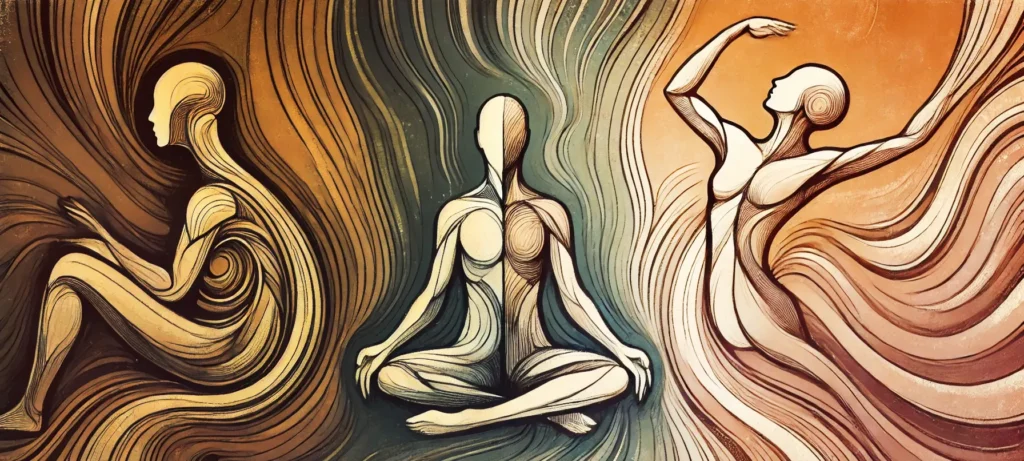
True healing doesn’t come from achieving perfect emotional balance but from honoring the deeper rhythm of the self. In this reflection, we explore the natural cycles of expansion, contraction, and stillness as vital movements in the dance of trauma recovery, mental health, and embodied living.
Stillness, often overlooked, is a place of tension and potential. It holds the in-between, where nothing is fixed and everything is becoming. When we learn to stay present in that liminal space we create room for true change.
This is a piece for those who are tired of chasing balance and are ready to listen instead for rhythm. Rhythm is the inner intelligence of healing, movement, and integration. It’s not about fixing yourself. It’s about learning your tempo, trusting your cycles, and living the dance that’s already moving through you.
The Weight of Words: How Thought, Language, and the Stories We Tell Shape (and Trap) Us
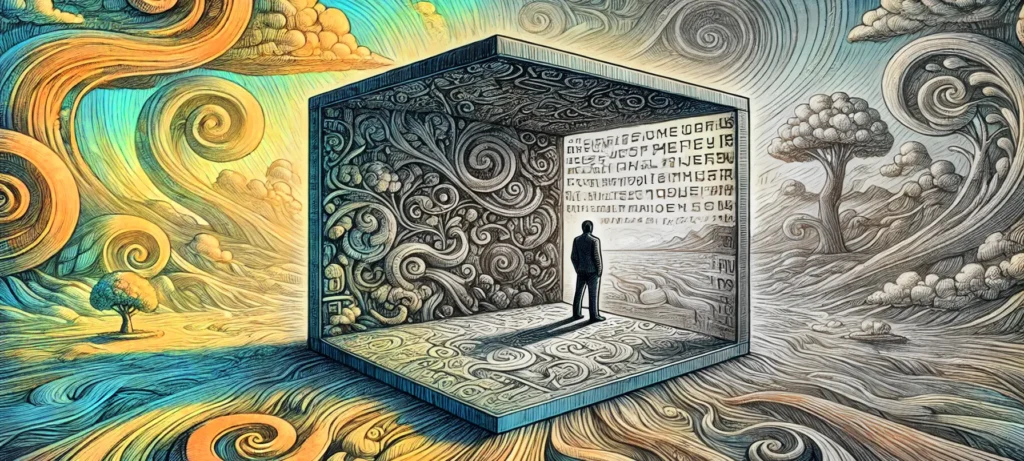
We don’t live in reality, we live inside the meanings we’ve assigned to it. Thought, memory, and language act as filters, compressing complex experiences into manageable stories. Over time, these stories become identities, and those identities can become cages.
This piece explores how self-narratives, labeling, and the language we use to describe our emotions and identities shape our psychological reality. It offers a trauma-informed, contemplative lens on how the brain compresses experience, why we cling to outdated stories, and how to begin loosening the mental structures that keep us small.
If you’ve ever felt trapped by your own thoughts or defined by past versions of yourself, this reflection will help you recognize the scaffolding you’ve mistaken for sky and begin the gentle work of rebuilding a wider frame.
Perception, Awareness, and the Power to Shift Reality
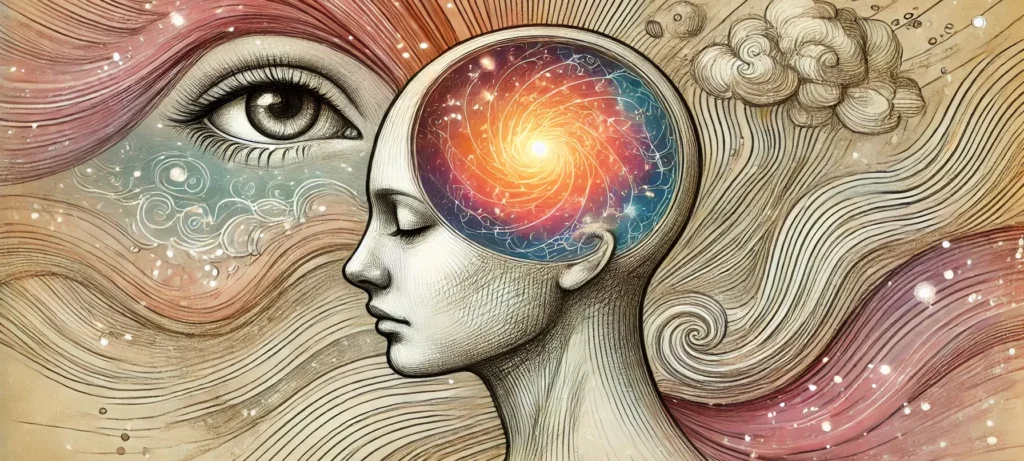
Most people believe they’re seeing the world as it is but in truth, we experience reality through layers of perception shaped by habit, memory, and survival. This article explores how interoception, cognitive bias, and nervous system patterning shape our experience moment to moment. It describes how developing awareness allows us to shift from reactive perception to conscious presence.
When we learn to see our own seeing, we soften rigid narratives, reconnect with the body, and invite a more spacious relationship with life. Through somatic practices, mindfulness, and subtle shifts in attention, awareness becomes a tool for transformation by changing how we engage with it.
If you’re curious about the intersection of trauma-informed healing, embodied mindfulness, and the psychology of perception, this piece offers a grounded, experiential doorway into meaningful change.
You Are More Than One Person: How Emotions Shape and Connect Your Many Selves
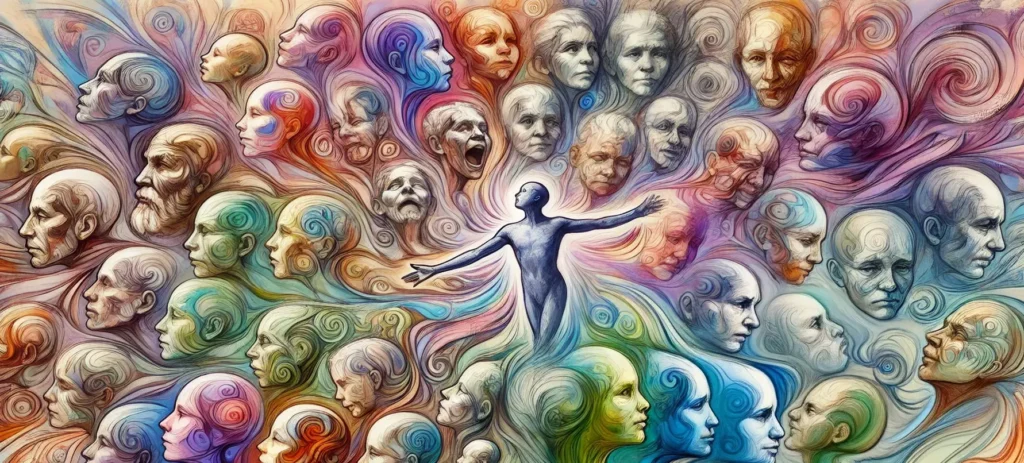
You are not a single, fixed identity but a constellation of self-states, each shaped by emotion, memory, and lived experience. This piece explores the psychology of inner multiplicity, showing how different parts of you emerge in different contexts and how emotions act as gateways that activate these parts in real time.
When you feel grief, joy, fear, or anger, it’s a shift in who shows up. And when these parts seem to conflict it’s a sign that multiple truths are alive within you. This reflection offers a compassionate, trauma-informed lens on navigating inner conflict, building relationship between your selves, and embracing the dynamic, evolving nature of who you are.
